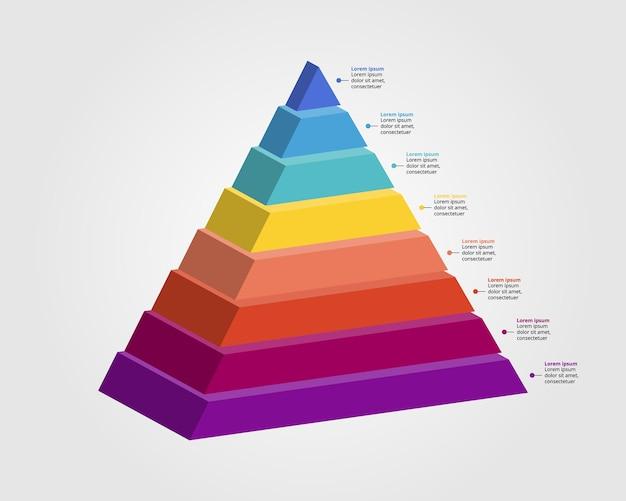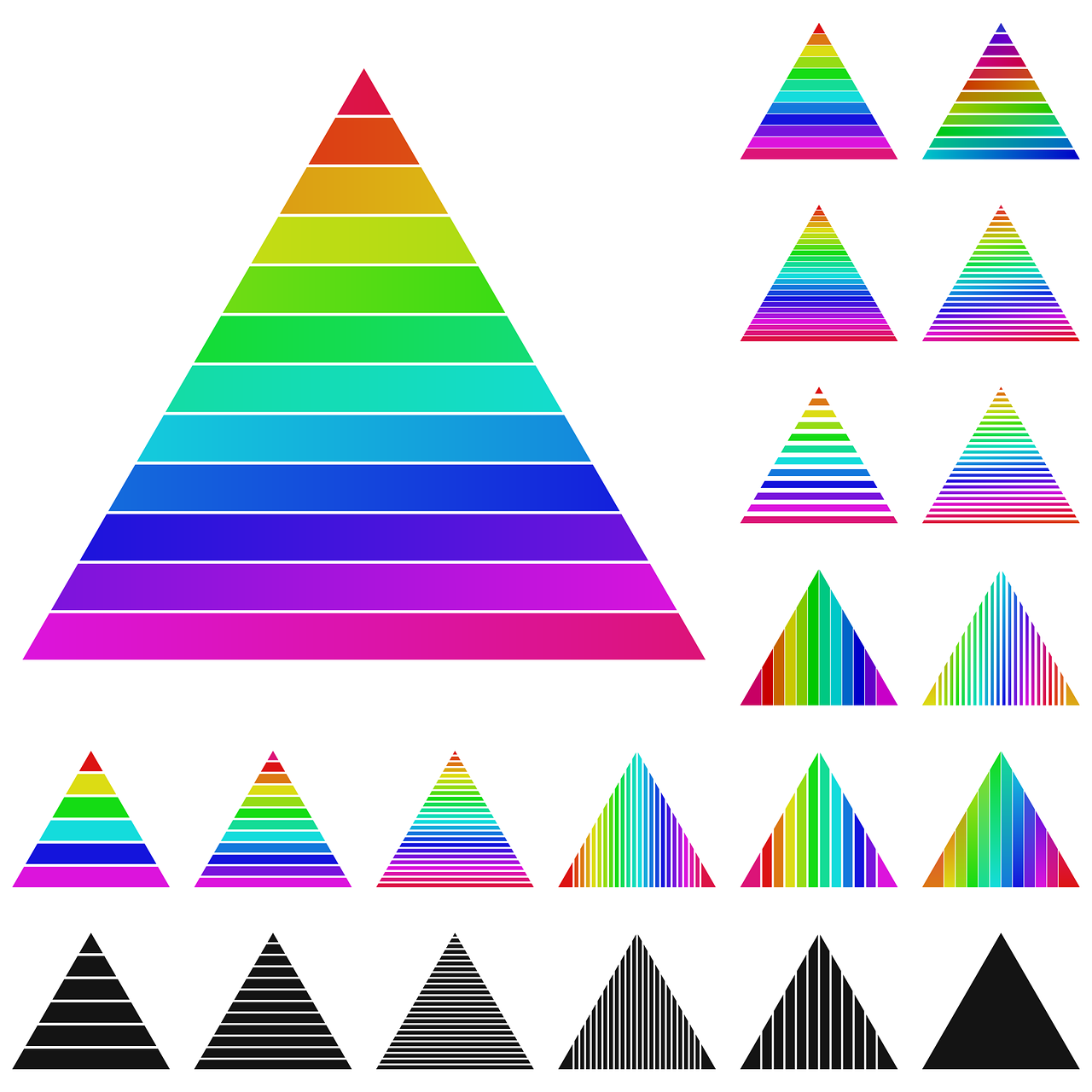Taxonomy may sound like a daunting word, but it’s simply the science of classification. It’s the way we categorize and organize organisms based on their characteristics. From the tiniest microbe to the largest mammal, every living thing falls into a specific place within the taxonomic hierarchy.
In this blog post, we’ll dive deep into the intricate world of taxonomy and explore the eight levels that make up this system. Whether you’re a curious science enthusiast or a biology student studying for an exam, understanding these levels is crucial in navigating the vast diversity of life on our planet.
So, get ready to embark on a journey through the kingdoms, phyla, classes, orders, families, genera, species, and even subspecies of the living world. By the end of this post, you’ll have a solid grasp of the levels of taxonomy and their significance in unraveling the mysteries of life. Let’s begin!

What Are the Eight Levels of Taxonomy in Order
Taxonomy is a fascinating field that helps us understand the diversity of life on Earth. It categorizes organisms into different groups based on their shared characteristics. At the foundation of taxonomy are eight levels, each serving a unique purpose in classifying organisms. So, let’s dive into the deep ocean of taxonomy and explore the eight levels in order!
1. Domain: The Taxonomic Universe Begins
To kick off our taxonomy journey, we start with the Domain. It’s like the vast, limitless cosmos that encompasses all living beings. In this level, organisms are divided into three domains: Bacteria, Archaea, and Eukarya. Talk about a stellar separation!
2. Kingdom: Majestic Divisions
Once we’ve narrowed down the domains, we move on to the Kingdom level. Think of this level as comprising the major divisions of life. In our world, we have five kingdoms: Animalia, Plantae, Fungi, Protista, and Monera. Each kingdom represents a specific group of organisms with common characteristics.
3. Phylum: A Phantasmagoric Parade
Now that we’ve sorted things by kingdom, it’s time to focus on the Phylum level. Here, organisms are sorted into various phyla based on shared anatomical traits. Imagine a lively parade where animals march together, showcasing their distinct body structures and features.
4. Class: The Sophistication Show
In the world of taxonomy, there’s always room for more refinement. That’s where the Class level comes in. This level groups organisms with similar characteristics, refining the categories even further. Think of it as a sophisticated fashion show, where organisms strut their stuff, flaunting their refined traits.
5. Order: The Organized Chaos
Moving on to the Order level, we encounter the organized chaos of taxonomy. Organisms at this level are organized based on similar characteristics within a class. It’s like being in a bustling marketplace where organisms with common interests gather together, creating pockets of order amidst the lively chaos.
6. Family: The Quirky Clan
In the world of taxonomy, families aren’t just about relatives but also about shared characteristics. At the Family level, organisms are grouped together based on common traits and resemblances. Here, you’ll find quirky clans that share idiosyncrasies and family resemblances that make them unique.
7. Genus: The Siblings’ Circle
Imagine a circle of siblings sitting together, each with their own distinct personality traits but sharing common family traits. That’s the Genus level in taxonomy. Organisms in this level share more than just common characteristics; they are closely related, like brothers and sisters, within their respective families.
8. Species: The Eclectic Individuals
Finally, we arrive at the Species level, the most specific category in taxonomy. This level is like a collection of eclectic individuals, each with their own distinct traits but closely related to others in their genus. Species are unique entities, representing individual organisms in all their marvelous diversity.
And there you have it—the journey through the eight levels of taxonomy! From the vast domains to the intricate species, taxonomy provides us with the tools to explore and understand the magnificent tapestry of life on our planet. So next time you encounter a living being, remember, there’s an entire taxonomy adventure waiting to unfold!
Now that we’ve unraveled the secret of the eight levels of taxonomy in order, we can appreciate the intricate classification system that categorizes organisms effectively. So let’s give a round of applause to the taxonomists who make sense of life’s beautiful chaos!

FAQ: What are the 8 levels of taxonomy in order
Which taxonomic rank is the most useful
The most useful level of taxonomic classification is the species level. It provides the most specific information about an organism and allows scientists to identify and categorize different species accurately. For example, if you encounter a black widow spider, you’ll want to know the species level to determine if it’s dangerous or harmless.
What is the next smallest taxonomic rank after order
The next smallest taxonomic rank after order is the family. In the hierarchy of taxonomic classification, order represents a group of related families. So, if you imagine taxonomic classification as a family tree, the order would be a higher branch, while the family would be a lower branch stemming from that order.
What is the highest taxon
The highest taxon in the taxonomic classification is the domain. It is the broadest category and represents the fundamental divisions of life on Earth. Currently, there are three recognized domains: Bacteria, Archaea, and Eukarya.
Which is not a category
“Kingdom” is not a category in the 8 levels of taxonomy. In the Linnaean classification system, the kingdom was a major category, but it is not part of the 8 major levels of taxonomy used for organisms today.
What is the largest group of animals on Earth
The largest group of animals on Earth is the phylum. A phylum is a major taxonomic rank that includes organisms that share important characteristics and evolutionary history. For instance, the phylum Arthropoda includes animals such as insects, spiders, and crustaceans.
What are the 8 levels of taxonomy in order
- Domain: Represents the most fundamental divisions of life on Earth.
- Kingdom: Classifies organisms into broad groups based on basic shared characteristics.
- Phylum: Organizes animals with similar characteristics into distinct groups.
- Class: Further categorizes organisms based on common attributes.
- Order: Groups similar families within a class.
- Family: Classifies organisms that are closely related by genetics and appearance.
- Genus: Identifies groups of closely related species.
- Species: Defines individual organisms that share fundamental characteristics and can interbreed to produce viable offspring.
What is the most general level of classification shown for the E. coli bacteria
The most general level of classification for E. coli bacteria is the genus. E. coli belongs to the genus Escherichia, which is a group of bacteria sharing similar characteristics. The species name for E. coli is Escherichia coli, where “coli” refers to the specific species.
What are the 8 major levels of classification used for organisms
The 8 major levels of classification used for organisms are:
- Domain
- Kingdom
- Phylum
- Class
- Order
- Family
- Genus
- Species
These levels allow scientists to organize and categorize organisms based on their evolutionary relationships, genetic similarities, and physical characteristics. By using these levels, researchers can better understand the diversity and relationships within the natural world.
